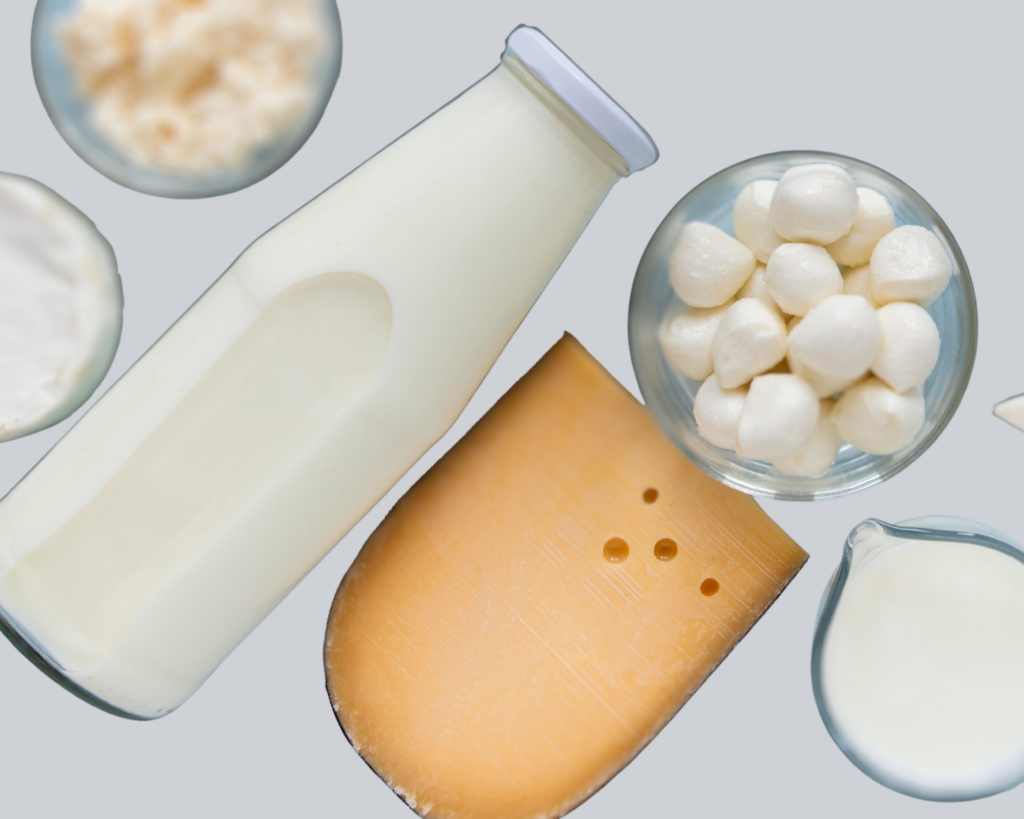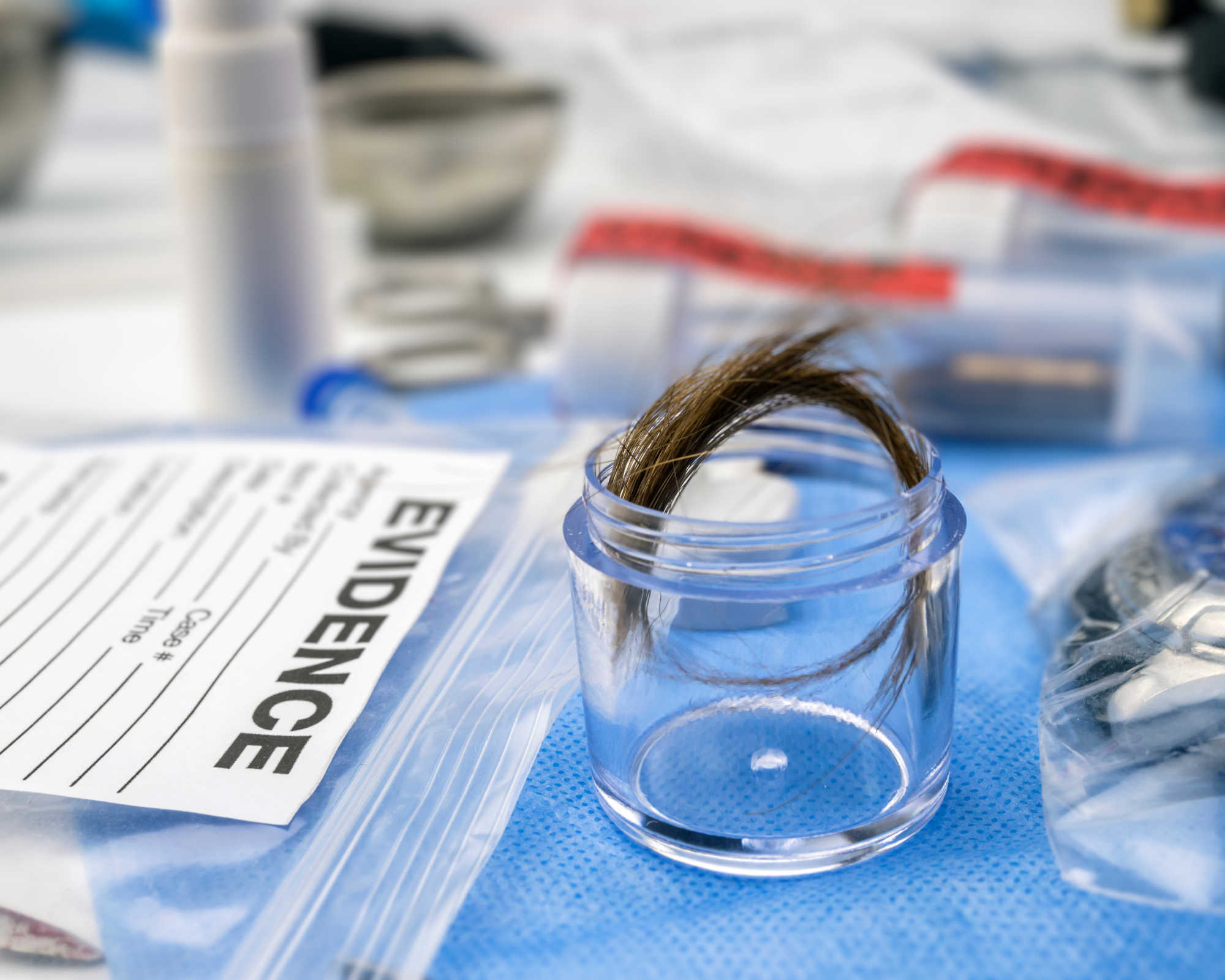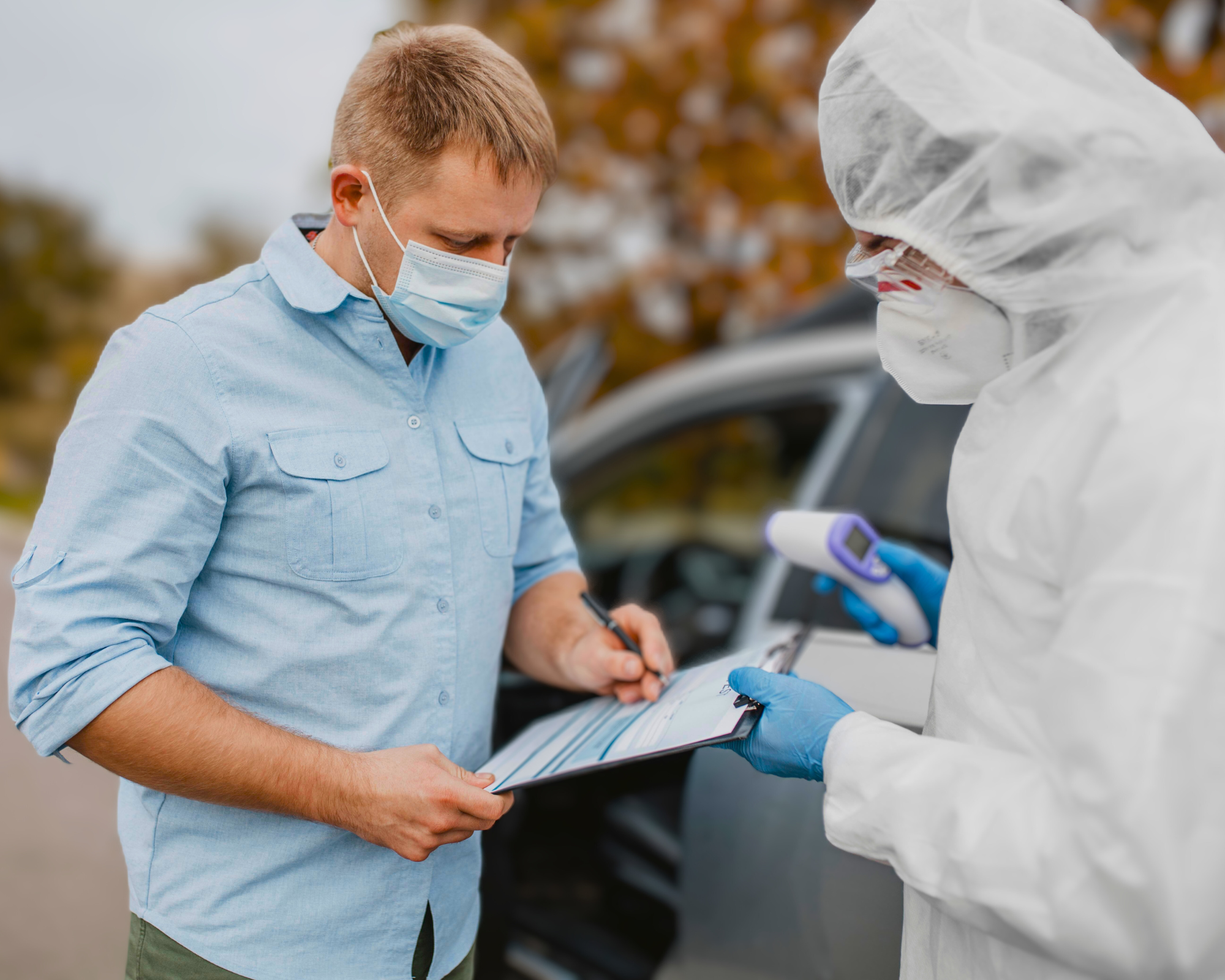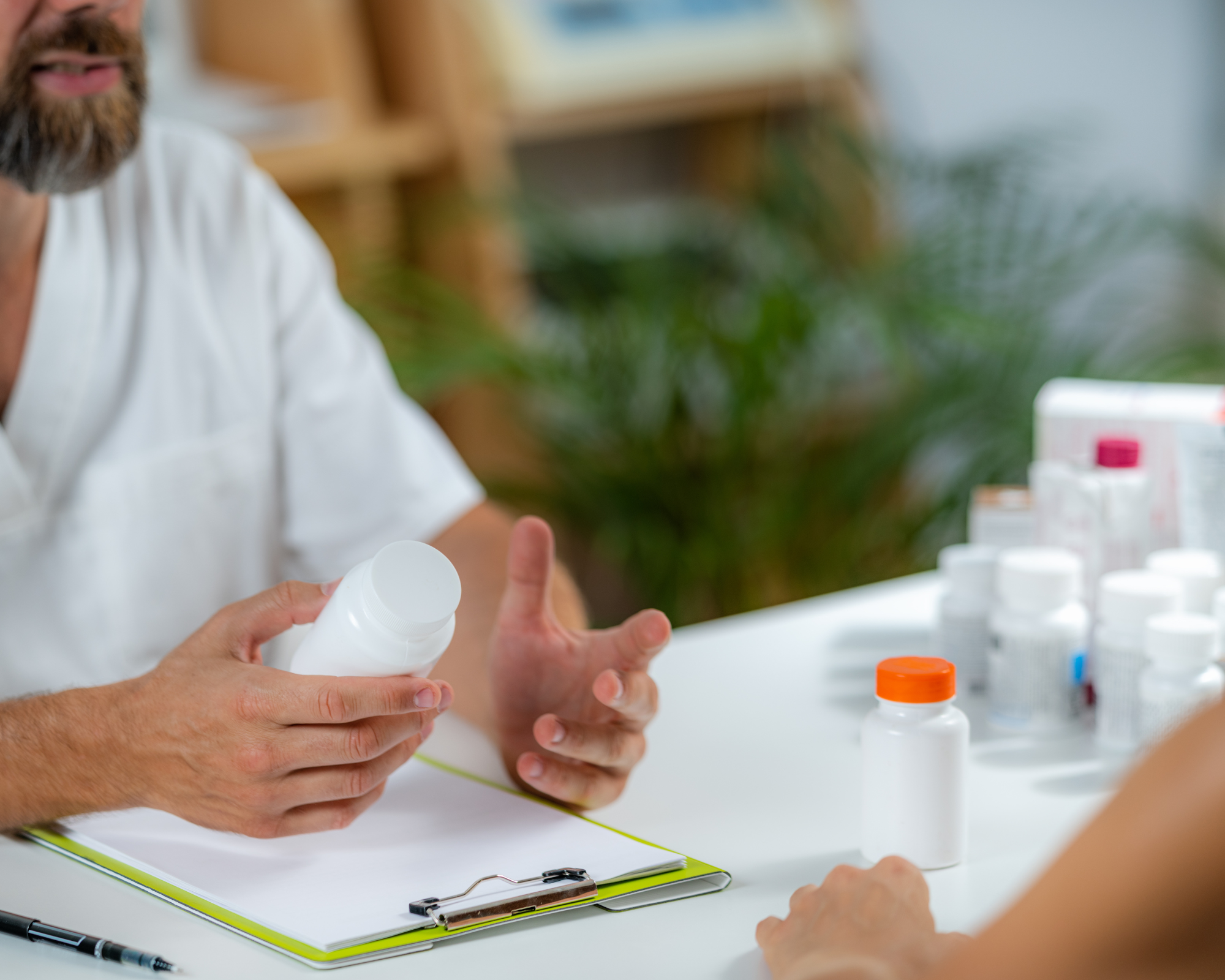Quantifying lateral flow tests is important because it provides more precise and reliable results compared to a simple visual interpretation. While traditional lateral flow tests offer a binary outcome (positive or negative), quantification allows for measuring the intensity of the test line, which can indicate the concentration of the target analyte—such as a virus, antibody, or biomarker. This added level of detail can improve diagnostic accuracy, help monitor disease progression or response to treatment, and support early detection of low-level infections.
Insights for health, environment, and beyond
Applications of Rapid Testing
In research and clinical settings, quantification also enhances data consistency and enables better comparison across samples and time points.In environmental testing, it helps detect pollutants like pesticides or heavy metals in water, ensuring safety and compliance with regulations. In drug monitoring, quantitative analysis supports the measurement of therapeutic drug levels or the detection of trace amounts of illicit substances, crucial for both clinical care and forensic investigations.
Let’s have a look at some rapid test–based applications to explore the full potential of this versatile technology.
Oral health diagnostics

Quantitative rapid testing is transforming the field of oral health by enabling early detection of inflammation and tissue degradation—key factors in the development of periodontal diseases. Biomarkers such as aMMP-8, which indicate active collagen breakdown, provide critical insights that go beyond traditional visual assessments or clinical indices. These quantitative measurements support preventative care, risk assessment, and more precise monitoring of treatment outcomes.
Dentognostics, a global leader in oral health diagnostics, integrates our Lumi Flex reader into their rapid test systems to measure aMMP-8 levels with high accuracy. Their test portfolio supports the quantitative assessment of periodontitis (PA) and plaque index (PI), helping dental professionals deliver timely, personalized interventions at the point of care. Read more.
Rapid testing of antibiotics in milk

Ensuring milk safety starts with detecting what shouldn’t be there—like antibiotic residues. Rapid lateral flow tests bring speed and precision to this essential task, enabling quick screening of raw and processed milk right at the source. By quantifying the presence of antibiotic compounds, these tests go beyond a simple yes-or-no result. They provide detailed insight into concentration levels, helping dairy producers, regulators, and food safety labs stay compliant with maximum residue limits (MRLs) and ensure consumer safety.
Quantitative testing also supports traceability and quality control, allowing early identification of contamination and reducing waste through targeted action. Rapid test quantification empowers the dairy industry with data-driven decisions and faster turnaround times—crucial for a high-throughput environment where time and accuracy matter.
Veterinary diagnostics

Fast, accurate diagnostics are essential in veterinary care—whether it’s for livestock, pets, or wildlife. Quantitative lateral flow tests are transforming how veterinarians detect and monitor diseases, providing on-the-spot results with measurable data. Unlike traditional visual interpretation, quantification reveals the intensity of the test line, offering insight into pathogen load or biomarker levels that help assess disease severity or treatment efficacy.
This added layer of detail supports early intervention, better prognosis, and targeted therapeutic decisions—crucial for both animal health and welfare. In herd management, quantitative testing helps identify subclinical infections, track outbreaks, and reduce unnecessary antibiotic use through informed decision-making. With rapid turnaround and consistent data, quantitative lateral flow tests are becoming a vital tool in modern veterinary diagnostics.
PSA testing in forensics

In forensic investigations, time and accuracy are crucial—especially in sexual assault cases where biological evidence can degrade quickly. On-site PSA (prostate-specific antigen) testing using rapid lateral flow assays enables fast screening of samples for the presence of seminal fluid, directly at the scene or in the field. This immediate insight allows forensic teams to make informed decisions about sample collection, preservation, and prioritization for further lab analysis.
By quantifying PSA levels, these tests offer more than just a binary result. They provide measurable data that can help determine the relevance and quality of a sample, supporting stronger case documentation and reducing unnecessary processing. Rapid, portable, and easy to use, on-site PSA quantification empowers forensic professionals with real-time evidence assessment—improving workflow efficiency and preserving the integrity of critical biological evidence from the very first point of contact.
Rapid mycotoxin testing in crops

Mycotoxins pose a serious threat to food safety and crop quality, often developing silently in grains, nuts, and other agricultural products. Rapid lateral flow tests with quantification capabilities offer a powerful solution for on-site screening—allowing producers, inspectors, and quality control teams to detect contamination early and take action before crops enter the supply chain.
Unlike traditional lab-based methods, the portable tests deliver quick, reliable measurements of mycotoxin concentrations directly at storage sites, silos, or during harvest. Quantitative data helps ensure compliance with regulatory limits, supports traceability, and reduces the risk of costly recalls or rejected shipments. By bringing the lab to the field, on-site mycotoxin testing enhances food safety, safeguards market access, and empowers smarter, faster decisions in crop management.
On-site testing of infectious diseases

Rapid detection of infectious diseases is vital for controlling outbreaks, protecting public health, and guiding timely treatment—especially in remote, resource-limited, or high-risk environments. Quantitative lateral flow tests bring lab-grade capability to the field, enabling fast, accurate diagnosis of pathogens such as viruses, bacteria, or parasites right at the point of need.
Unlike standard visual readouts, quantitative testing measures the intensity of the test line, offering insight into pathogen load and disease progression. This added precision supports informed clinical decisions, early intervention, and targeted isolation or treatment strategies. From field hospitals and border checkpoints to outbreak zones and rural clinics, on-site quantification of infectious diseases helps break the chain of transmission—delivering critical information when and where it matters most.
Instant drug testing for abuse detection

On-site testing for drugs of abuse is a critical tool in law enforcement, workplace safety, and clinical settings. Rapid lateral flow tests offer a quick, reliable way to detect substances like opioids, amphetamines, cocaine, and cannabis in urine, saliva, or blood—right at the point of collection. These tests provide not only a positive or negative result but also quantitative data on the concentration of the drug, helping to assess the severity or timing of use.
By quantifying drug levels, on-site testing delivers more nuanced insights that support better decision-making, whether it’s for impairment assessments, overdose management, or compliance monitoring. With rapid results, these tests improve response times, reduce the need for expensive lab follow-up, and help prevent further harm. From roadside checks to workplace screenings and rehabilitation centers, quantitative drug testing ensures a faster, more accurate approach to addressing substance abuse issues.
Therapeutic drug monitoring at the point of care

Precision matters in therapeutic drug monitoring, where maintaining the right drug concentration can mean the difference between efficacy and toxicity. Quantitative lateral flow tests bring therapeutic monitoring closer to the patient—enabling real-time assessment of drug levels at the point of care. This on-site capability supports personalized dosing, improves treatment outcomes, and helps reduce the risk of adverse effects.
From antibiotics and antiepileptics to immunosuppressants and psychiatric medications, rapid quantification allows clinicians to adjust regimens quickly, without waiting for lab results. Especially in critical care, transplant medicine, or outpatient settings, point-of-care therapeutic drug monitoring ensures timely, data-driven decisions that enhance both safety and effectiveness.
